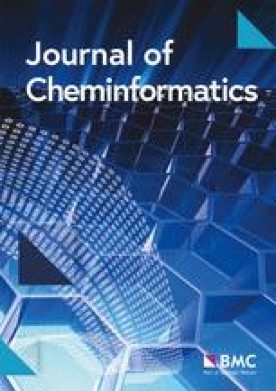Advancements in thermochemical predictions: a multi-output thermodynamics-informed neural network approach
IF 5.7
2区 化学
Q1 CHEMISTRY, MULTIDISCIPLINARY
引用次数: 0
Abstract
The Gibbs free energy of an inorganic material represents its maximum reversible work potential under constant temperature and pressure. Its calculation is crucial for understanding material stability, phase transitions, and chemical reactions, thus guiding optimization for diverse applications like catalysis and energy storage. In this study, we have developed a Physics-Informed Neural Network model that leverages the Gibbs free energy equation. The overall loss function is adjusted to allow the model to simultaneously predict all three thermodynamic quantities, including Gibbs free energy, total energy, and entropy, thus transforming it into a multi-output model. In recent literature, there is a growing emphasis on evaluating machine learning models under challenging conditions, such as small datasets and out-of-distribution predictions. Reflecting this trend, we have rigorously benchmarked our model across these scenarios, demonstrating its robustness and adaptability. It turns out that our model demonstrates a 43% improvement for normal scenario and even more in out-of-distribution regime compared to the next-best model. Scientific Contribution This study introduces the application of a Physics-Informed Neural Network to simultaneously compute multiple thermodynamic properties, including Gibbs free energy, total energy, and entropy. By integrating the Gibbs free energy equation into the loss function, the model achieves superior accuracy in low data regimes and enhances robustness in the out-of-distribution scenarios.热化学预测的进展:一种多输出热力学信息的神经网络方法
无机材料的吉布斯自由能表示其在恒温常压下的最大可逆功势。它的计算对于理解材料稳定性、相变和化学反应至关重要,从而指导催化和储能等各种应用的优化。在这项研究中,我们开发了一个利用吉布斯自由能方程的物理信息神经网络模型。调整整体损失函数,使模型能够同时预测包括吉布斯自由能、总能量和熵在内的所有三个热力学量,从而将其转化为多输出模型。在最近的文献中,越来越多的人强调在具有挑战性的条件下评估机器学习模型,例如小数据集和分布外预测。为了反映这一趋势,我们在这些场景中严格地对我们的模型进行了基准测试,展示了它的健壮性和适应性。事实证明,与次优模型相比,我们的模型在正常情况下提高了43%,在非分布状态下甚至更高。本研究介绍了物理信息神经网络的应用,以同时计算多种热力学性质,包括吉布斯自由能,总能量和熵。通过将Gibbs自由能方程集成到损失函数中,该模型在低数据条件下获得了较好的精度,并增强了在非分布情况下的鲁棒性。
本文章由计算机程序翻译,如有差异,请以英文原文为准。
求助全文
约1分钟内获得全文
求助全文
来源期刊

Journal of Cheminformatics
CHEMISTRY, MULTIDISCIPLINARY-COMPUTER SCIENCE, INFORMATION SYSTEMS
CiteScore
14.10
自引率
7.00%
发文量
82
审稿时长
3 months
期刊介绍:
Journal of Cheminformatics is an open access journal publishing original peer-reviewed research in all aspects of cheminformatics and molecular modelling.
Coverage includes, but is not limited to:
chemical information systems, software and databases, and molecular modelling,
chemical structure representations and their use in structure, substructure, and similarity searching of chemical substance and chemical reaction databases,
computer and molecular graphics, computer-aided molecular design, expert systems, QSAR, and data mining techniques.
 求助内容:
求助内容: 应助结果提醒方式:
应助结果提醒方式:


